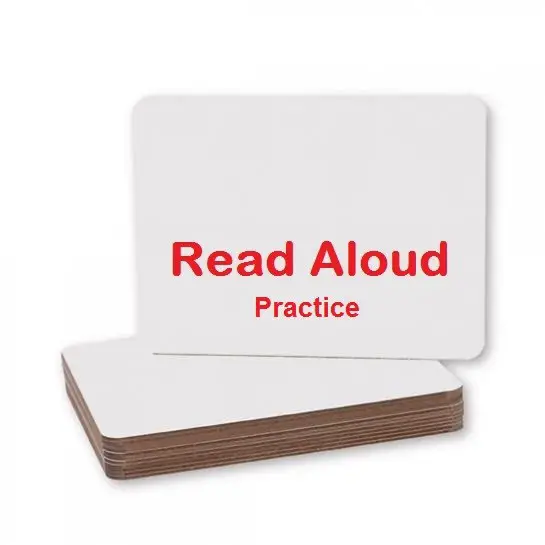PTE Academic speaking read aloud passages
PTE Academic speaking read aloud passages.Look at the text below. In 40 seconds, you must read this text aloud as naturally and clearly as possible.
PTE Academic speaking read aloud passages | Environment related samples
1.Environment covers air pollutants, global warming, the greenhouse effect, and other dangers to the planet. It also includes a glossary of environmental terms as well as a brief directory of environmental organizations. Energy details world and U.S. energy consumption, renewable energy, the world’s largest oil and gas reserves, and nuclear power. Nature discusses the Earth’s wide variety of animals and plants and its endangered species
2.Ozone gas can be found in two places. Near the ground (the troposphere), it is a major part of smog. The harmful ozone in the lower atmosphere should not be confused with the protective layer of ozone in the upper atmosphere (stratosphere), which screens out harmful ultraviolet rays.
3.Carbon monoxide is released when engines burn fossil fuels. Emissions are higher when engines are not tuned properly, and when fuel is not completely burned. Cars emit a lot of the carbon monoxide found outdoors. Furnaces and heaters in the home can emit high concentrations of carbon monoxide, too, if they are not properly maintained.
4.Carbon monoxide makes it hard for body parts to get the oxygen they need to run correctly. Exposure to carbon monoxide makes people feel dizzy and tired and gives them headaches. In high concentrations it is fatal. Elderly people with heart disease are hospitalized more often when they are exposed to higher amounts of carbon monoxide.
RELATED LINKS:
PTE-Academic Useful Tips For Speaking Section
PTE-Academic Useful Tips For Listening Section
PTE Academic speaking read aloud passages
5.Nitrogen dioxide mostly comes from power plants and cars. Nitrogen dioxide is formed in two ways—when nitrogen in the fuel is burned, or when nitrogen in the air reacts with oxygen at very high temperatures. Nitrogen dioxide can also react in the atmosphere to form ozone, acid rain, and particles.
6.Sulfur dioxide exposure can affect people who have asthma or emphysema by making it more difficult for them to breathe. It can also irritate people’s eyes, noses, and throats. Sulfur dioxide can harm trees and crops, damage buildings, and make it harder for people to see long distances.
7.Each toxic air pollutant comes from a slightly different source, but many are created in chemical plants or are emitted when fossil fuels are burned. Some toxic air pollutants, like asbestos and formaldehyde, can be found in building materials and can lead to indoor air problems. Many toxic air pollutants can also enter the food and water supplies.
8.The greenhouse effect can lead to changes in the climate of the planet. Some of these changes might include more temperature extremes, higher sea levels, changes in forest composition, and damage to land near the coast. Human health might be affected by diseases that are related to temperature or by damage to land and water.
PTE Academic speaking read aloud passages
MORE PRACTICE LINKS:
PTE READING REORDER PRACTICE EXERCISES
PTE SPEAKING DESCRIBE IMAGE EXERCISE WITH ANSWERS

